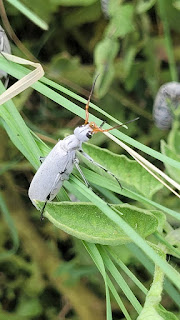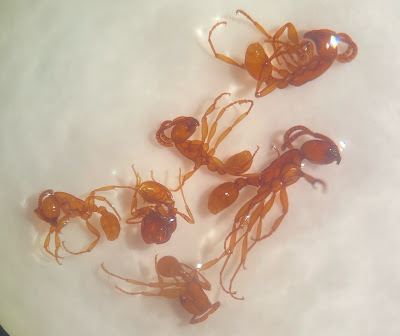First Cicada Emergence Since 1803? Do cicadas really lie that long
The year 2024 is an interesting - and dare I say exciting! - year for cicadas. It is the first time in over 200 years that cicada broods XIX and XIII will emerge at the same time. But, unfortunately, most of Texas is not going to experience these particular cicadas. Cicada nymph emerged from soil, ready to molt into adult. Photo by Manu and Indra Gregory Cicadas are insects that spend the majority of their life in the soil, feeding on roots. For most species, eggs are laid on twigs and branches in late summer. Nymphs hatch, drop to the ground, burrow into the soil and start feeding on roots. They go through a series of molts, called instars, before emerging as adults to make the sounds of summer. This cycle of all the cicadas is called a brood. Depending on the brood, this timeline can take 1-17 years! In Texas, our typical cicadas, Tibicen spp., takes 2-5 years to complete their lifecycle. Impressive, but not as long as the periodical cicada species, which are 13 or 17 year b





.png)



